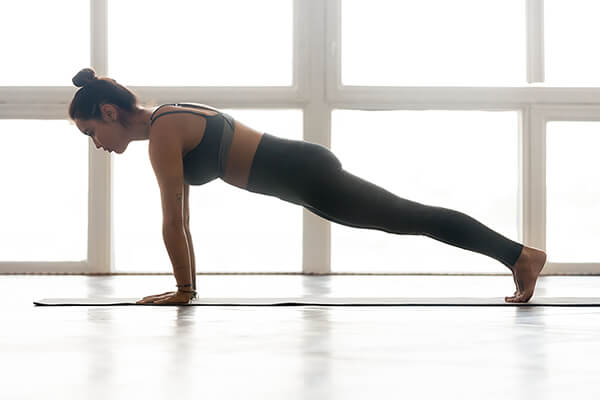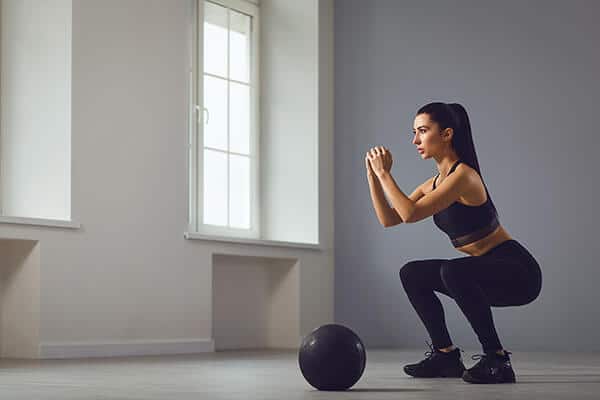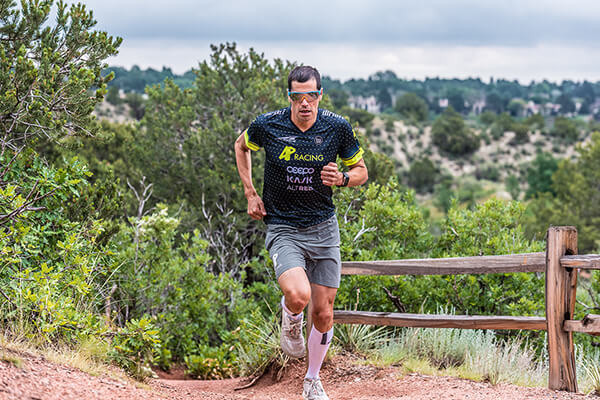The Best Core Strengthening Exercises: Tips & Techniques

Why does the core section come up in almost any conversation about fitness? The core, or midsection, is the body’s fulcrum and is crucial to stability, proper lifting technique and power transfer. A strong, flexible core improves movement, prevents injuries, and contributes to athletic performance.
What is your “core”? The core is much more than six pack abs, it’s all the muscles throughout the abdominals, lower back, and hips. This grouping of muscles connects the upper and lower body and cannot be understated in its importance.
Due to the critical role the core plays, it’s wise to strengthen it as part of a workout regimen. Focus on strengthening the core aids athletes and office workers alike. Here are some guidelines and techniques to help you get started.
The Best Exercises for the Core
Plank: The classic plank exercise provides massive benefits for core reinforcement, but should be performed properly. When settling into a plank tight abdominal muscles and aligned shoulders above the elbows are a must. Proper form should also maintain body alignment, with a neutral neck and spine, while looking down at the floor. Tucking shoulders down and back, and making floor contact with only toes, forearms, and hands complete the plank’s points of performance.
DON’T: Look around and compromise your head and neck position.
DO: Stay strong through the spine, with no sagging torso.

Squats: In a standing position, start with knees, hips, and toes pointing forward. Without allowing your chest to dip forward, lower your buttocks until your hip crease is below the top of your knees. Pushing the knees out and screwing feet into the ground can provide additional stability. Always keep the abdominal muscles pulled in and maintain alignment in your spine.
DON’T: Drop too quickly with little to no control.
DO: Reach full depth without losing tension.
Tips on Core Strengthening for Specific Activities
Special Techniques for Runners
Foregoing core strengthening is a common mistake made by runners. Weak core muscles can lead to injuries because of their inability to adequately support the stomach, back, and hips. Without proper support, runners are asking for sub-par race performances and potential injury implications. By regularly performing the previously described plank and squat exercises, runners can prehab their bodies.

Advice for cyclists
Cycling is another sport that commonly focuses on strong leg muscles and cardio, but not core strength. Holding center mass over the bike frame and retaining spine alignment is the best way to avoid fatigue in the midsection. Cultivating posture through core strengthening is essential. Less slouching from a strong core will pay dividends in reduced fatigue.
Any Athlete can Benefit
Regardless of which sport or activity you enjoy, core strength has benefits for all athletes:
- Greater range of movement
- Improved body coordination
- Increased power output from shoulders, arms, and legs
- Reduced injury risk
- Improved athletic performance
These tips and techniques on strengthening your core should help you place proper focus on this area, which will impact fitness levels throughout your body. Remember however that any vigorous workout, including one for the core should be matched with proper recovery methods to avoid injury and improve strength adaptation.
